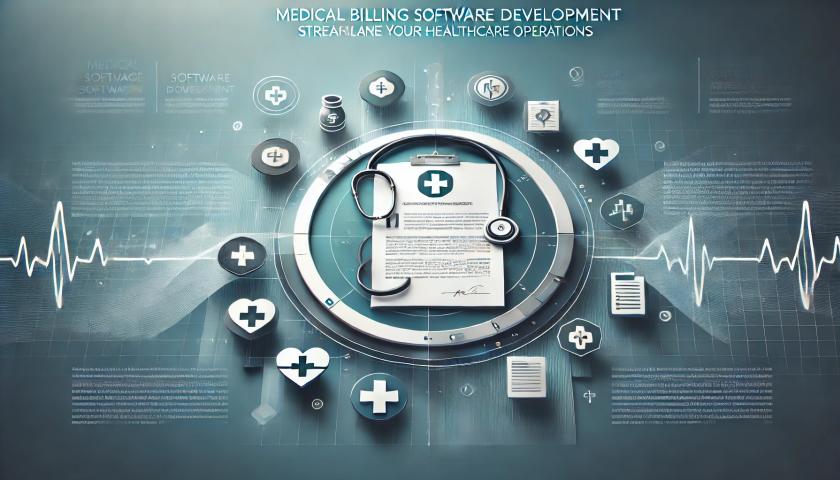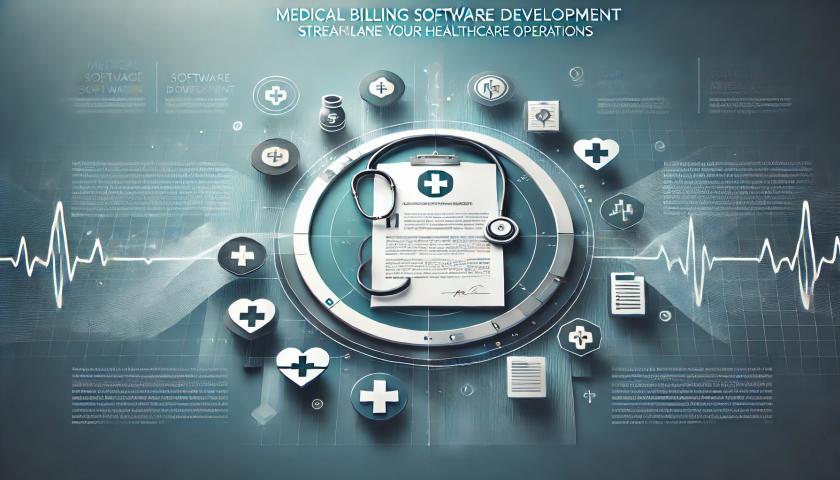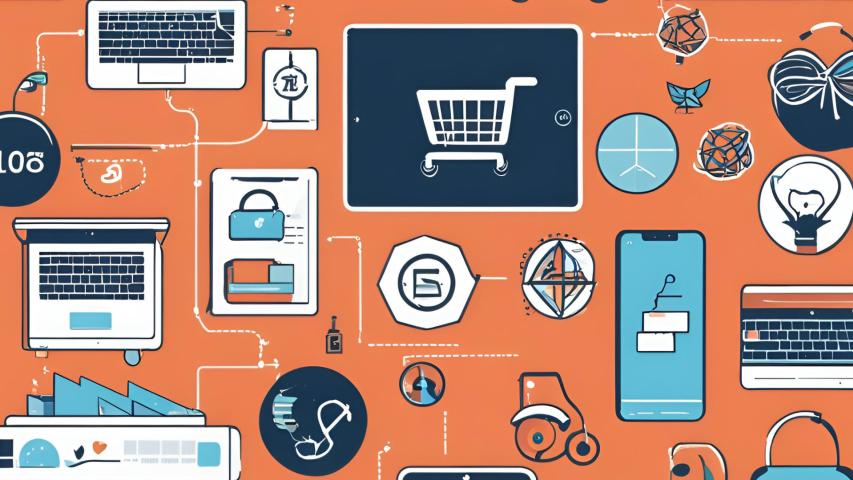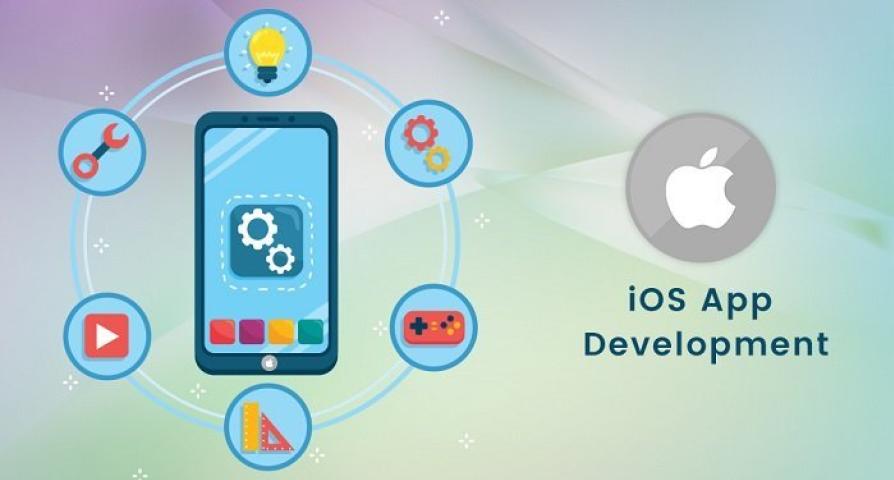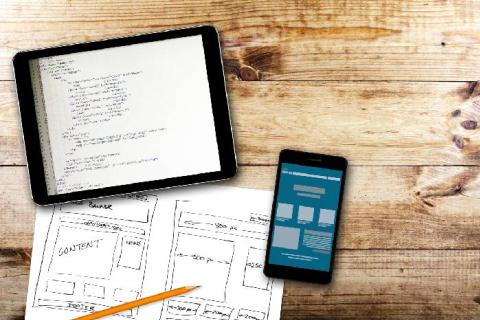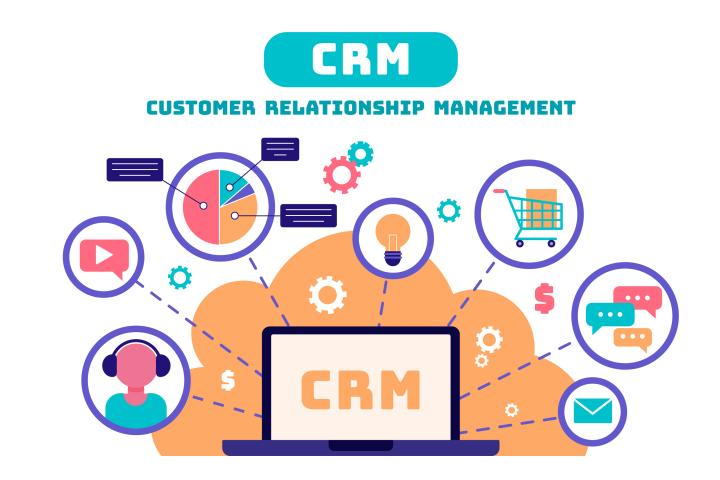Choosing the best billing software is crucial for businesses of all sizes. An efficient billing system ensures seamless financial transactions, accurate invoicing, and smooth operations, which are vital for maintaining customer satisfaction and streamlining business processes. In this comprehensive guide, we will explore the key factors to consider when selecting the best billing software for your business, ensuring you make an informed decision that aligns with your needs and objectives.
Introduction
Billing software is an essential tool for businesses to manage invoicing, track payments, and maintain financial records. With a plethora of options available in the market, selecting the best billing software can be daunting. This article aims to guide you through the selection process by discussing various factors that influence the choice of billing software and providing insights into how to evaluate different options.
Understanding Billing Software
Before delving into the selection process, it is important to understand what billing software is and its key functionalities. Billing software is a tool that automates the process of generating invoices, tracking payments, and managing customer accounts. It helps businesses streamline their billing processes, reduce errors, and improve efficiency. Key functionalities of billing software include:
1. Invoice Generation: Automatically create and send invoices to customers.
2. Payment Tracking: Monitor payment statuses and manage outstanding invoices.
3. Customer Management: Maintain detailed customer records and transaction histories.
4. Reporting and Analytics: Generate reports on sales, revenue, and other financial metrics.
5. Integration: Integrate with other business systems such as accounting, CRM, and ERP.
Factors to Consider When Choosing Billing Software
1. Business Needs and Requirements
The first step in choosing the best billing software is to assess your business needs and requirements. Consider the following questions:
· What type of products or services do you offer?
· How many invoices do you generate each month?
· Do you need to manage recurring billing or subscriptions?
· What payment methods do you accept?
· Do you require multi-currency support?
By understanding your specific needs, you can narrow down the options and select software that caters to your business model.
2. Features and Functionality
Different billing software offers various features. It is important to identify the features that are essential for your business. Some key features to look for include:
· Invoice Customization: The ability to customize invoice templates to match your branding.
· Automated Billing: Automate recurring billing and subscription management.
· Payment Processing: Integration with payment gateways for seamless payment processing.
· Tax Management: Automatic calculation and application of taxes based on location.
· Multi-Currency Support: Handle transactions in multiple currencies.
· Reporting and Analytics: Comprehensive reporting tools to analyze financial data.
· Integration: Compatibility with other software such as accounting, CRM, and ERP systems.
3. Ease of Use
User-friendliness is a critical factor when selecting billing software. The software should have an intuitive interface that is easy to navigate. Consider the following aspects:
· Onboarding and Setup: How easy is it to set up the software and start using it?
· User Interface: Is the interface clean and easy to understand?
· Customer Support: Availability of customer support and training resources.
4. Scalability
As your business grows, your billing needs will evolve. Choose billing software that can scale with your business. Consider the following:
· Scalability: Can the software handle an increasing number of invoices and customers?
· Flexibility: Does the software offer flexible plans that can be upgraded as needed?
5. Security and Compliance
Security is paramount when dealing with financial data. Ensure that the billing software you choose complies with industry standards and regulations. Key security features to look for include:
· Data Encryption: Secure encryption of financial data.
· PCI Compliance: Compliance with the Payment Card Industry Data Security Standard (PCI DSS).
· Regular Updates: Regular software updates to address security vulnerabilities.
6. Integration Capabilities
Billing software should integrate seamlessly with other tools and systems used in your business. Key integrations to consider include:
· Accounting Software: Integration with accounting software for streamlined financial management.
· CRM Systems: Integration with CRM systems for better customer management.
· Payment Gateways: Compatibility with payment gateways for smooth payment processing.
· ERP Systems: Integration with ERP systems for comprehensive business management.
7. Cost
Cost is an important factor in the decision-making process. Evaluate the pricing structure of the billing software, considering the following:
· Subscription Plans: Different pricing plans based on features and usage.
· Hidden Costs: Any additional costs for add-ons, upgrades, or customer support.
· ROI: The return on investment and long-term value of the software.
8. Customer Reviews and Reputation
Research customer reviews and testimonials to gauge the reputation and reliability of the billing software. Look for reviews on third-party websites, social media, and industry forums. Key points to consider include:
· User Satisfaction: Overall satisfaction levels of existing users.
· Common Issues: Any recurring issues or complaints from users.
· Customer Support: The quality and responsiveness of customer support.
Steps to Implement Billing Software
Once you have selected the best billing software for your business, the next step is implementation. Follow these steps for a smooth implementation process:
1. Plan and Prepare
· Identify Objectives: Define clear objectives for implementing the billing software.
· Allocate Resources: Assign a team and allocate resources for the implementation process.
· Set a Timeline: Establish a timeline for implementation and ensure all stakeholders are aware of it.
2. Data Migration
· Export Data: Export existing billing data from your current system.
· Data Cleanup: Clean and format the data to ensure accuracy and consistency.
· Import Data: Import the data into the new billing software.
3. Configuration and Customization
· Configure Settings: Set up the software according to your business requirements.
· Customize Invoices: Customize invoice templates to match your branding.
· Integrate Systems: Integrate the billing software with other business systems.
4. Training and Support
· Train Employees: Provide training to employees on how to use the new software.
· Access Support: Ensure employees have access to customer support and training resources.
5. Testing and Validation
· Test Functionality: Test the software to ensure all features are working correctly.
· Validate Data: Verify that all data has been accurately migrated and is accessible.
6. Go Live
· Launch the Software: Officially launch the new billing software.
· Monitor Performance: Monitor the software’s performance and address any issues that arise.
7. Continuous Improvement
· Gather Feedback: Collect feedback from users and identify areas for improvement.
· Regular Updates: Keep the software updated to ensure security and functionality.
· Optimize Processes: Continuously optimize billing processes to improve efficiency.
Conclusion
Choosing the best billing software for your business is a critical decision that can significantly impact your financial operations and overall efficiency. By carefully considering your business needs, evaluating key features, and assessing various options, you can select software that aligns with your objectives and provides long-term value. Remember to plan and prepare for implementation, provide adequate training and support, and continuously optimize your billing processes to ensure success.
In this comprehensive guide, we have explored the factors to consider when selecting billing software, evaluated popular options, and outlined the steps for implementation. With the right billing software, you can streamline your financial operations, improve customer satisfaction, and drive business growth.
